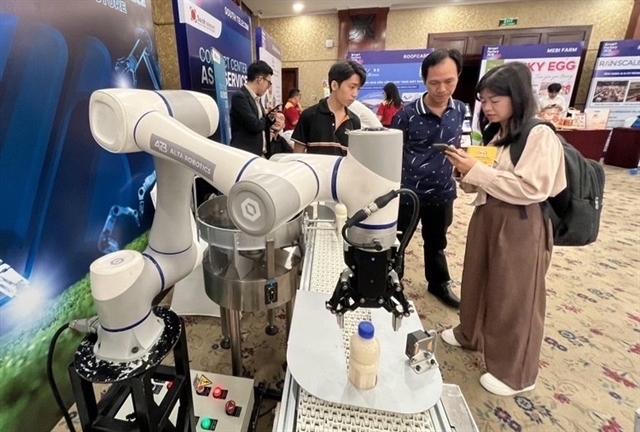 Society
Society

Indoor pollutants are one of main causes of chronic respiratory diseases in HCM City, a study has found.
 |
| Indoor pollutants are one of main causes of chronic respiratory diseases in HCM City, a study has found.— Illustrative Image lilyapp.me |
HCM CITY— Indoor pollutants are one of main causes of chronic respiratory diseases in HCM City, a study has found.
The study, part of a five-year project starting in 2012, involved 506 houses with 1,561 occupants from five types: rented, rural, tube, slum and apartments.
The five-year project involving Belgium and Vietnamese doctors sought to evaluate the prevalence of chronic respiratory diseases (CRD), identify the risks factors, and prevent the disease in Việt Nam.
Information on respiratory health, lung function, residential characteristics, and related CRD indoor environmental sources was obtained using a standard questionnaire and spirometry.
There was a 41.9 per cent prevalence of all types of CRD, with only 15.3 per cent of patients getting them medically diagnosed.
The prevalence of CRD and obstructive syndrome was higher in rural and rental houses than apartments and tube houses.
Rental houses have a higher risk of CRD, Olivier Michel of Brugmann University Hospital told a project conclusion meeting in HCM City yesterday.
CRD risk factors include cigarette smoke, indoor air pollution, occupational factors, allergens, outdoor air pollution, poor diet, and tuberculosis sequelae.
Differences in the indoor environment were found between the house types and it could lead to a difference in prevalence of CRD in general and obstructive syndrome (COPD and asthma) in particular.
According to the World Health Organisation, CRD will be the third biggest cause of mortality by 2030.
Ninety per cent of severe CRD cases are in low-income countries.
HCM City combines all the risk factors -- smokers, poor diet, allergens, occupational factors, tuberculosis sequelae, parasitoses, and outdoor and indoor air pollution.
Extension of the project until 2022, starting started last month, will focus on first-line diagnosis and treatment, prevention and environmental aspects of CRD, Michel said.
It would seek to improve the early diagnosis and treatment of CRD at first-line health centres and improve treatment, he said.
It also aimed at reducing indoor air pollution and evaluating its impact on the respiratory health and that of the role of parasitoses in allergic diseases and disseminating the results nationally.
The project is a great opportunity to develop interactions, exchanges and transfer of knowledge between universities in Belgium and Việt Nam, Nguyễn Tấn Bỉnh, director of the HCM City Department of Health, said.
It has provided knowledge in both the specific clinical aspects and the causes related to indoor pollution in Việt Nam, leading to potential innovative preventive treatments, he added. —VNS




